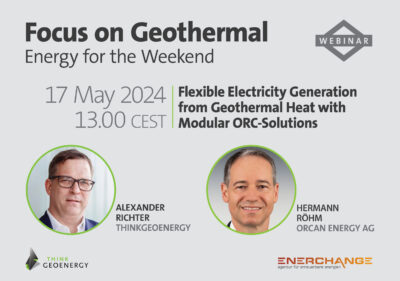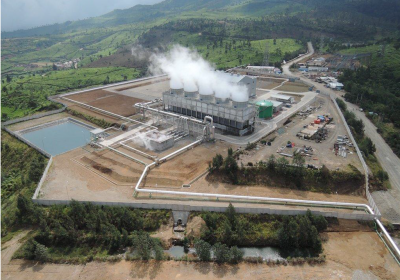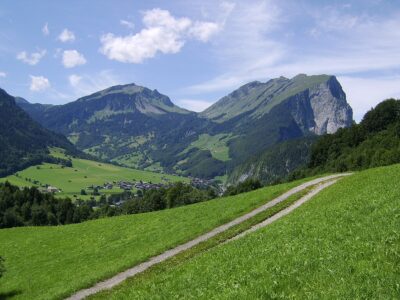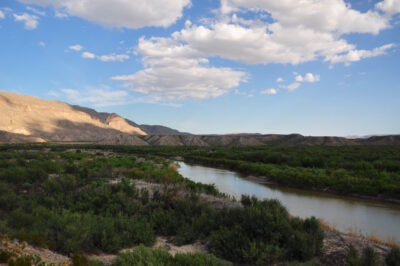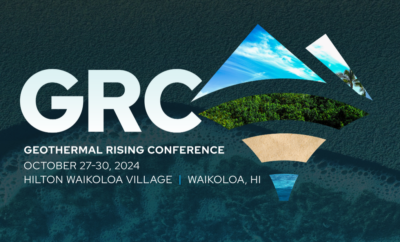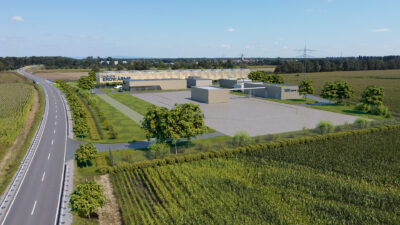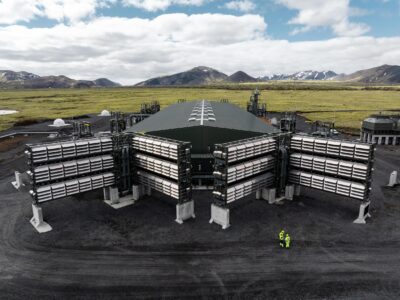Geothermal’s small foot print topic in recent New York Times article
Geothermal is a very compact way to generate energy compared to other renewables, but is one technolgoy that's often missed in the discussion of renewables, so a recent article in the New York Times.
In an article in the New York Times, the author looks into the smaller environmental footprint of geothermal plants.
“Out of the renewable technologies, geothermal is a very compact way to generate energy,” said Robert McDonald, a scientist with the Nature Conservancy’s Emerging Strategies Division. “But it is one that’s often missed in the discussion of renewables.”
A McDonald-led study (pdf) released last summer found that future geothermal developments will be less than half as land-intensive as solar thermal plants and about one-tenth as land-intensive as wind farms.
In addition, “binary cycle” designs used in most new geothermal plants utilize air cooling technologies to condense and recycle water withdrawn from underground reservoirs, alleviating fears about depletion of water resources.
“Water is always a concern in the West,” said Charles Benjamin, director of the Nevada office for the environmental group Western Resource Advocates. “But the [geothermal] industry has been successfully developing projects since the 1980s and has been doing it in an environmentally sensitive way.”
Indeed, one of the challenges to implementing a new energy policy built around renewable resources is that harnessing wind, solar and biomass requires large amounts of land, according to McDonald’s study.
Coal-fired and nuclear power, while carrying their own environmental risks, typically use less land over their lifetimes than renewables, with the exception of geothermal.
Yet even if coal- and gas-fired electricity remain part of the U.S. power supply, at least 50 million acres of new land is expected to be consumed to meet rising energy needs by 2030. Meeting that demand without adding significant amounts of carbon dioxide to the atmosphere will take a mix of aggressive energy efficiency measures and the careful siting of renewable energy, McDonald said.
Much of the responsibility for planning and siting such projects will fall to federal agencies like the Bureau of Land Management and Forest Service, which together oversee several hundred million acres of public lands.
But while BLM works to clear an ever-expanding number of renewable energy projects, especially in the West, some fear regulators will overlook threats to sensitive landscapes and species that inhabit them.
“There is no dispute that we need to transition off of fossil fuels,” said Ileene Anderson, the public lands desert director for the Center for Biological Diversity in a recent op-ed in the New York Times. “But renewable energy projects can be even more land-intensive than the fossil fuel projects they replace.”
In Nevada, land and water conservation was a big selling point during the fast-track permitting of the Blue Mountain geothermal plant in the northwest part of the state, said Paul Mitchell, a manager of investor relations at Nevada Geothermal Power Inc.
“There’s minimal impact,” Mitchell said of the 50-megawatt plant that occupies about 640 acres of BLM land. By contrast, the 150-megawatt Spring Valley Wind project under development in eastern Nevada would take up more than 8,000 acres.
And Blue Mountain’s environmental credentials helped qualify it for a $57.9 million federal stimulus grant — the first geothermal project to receive such an award — after coming online four months ahead of schedule in October.”
For the full article see link below.
Source: New York Times


